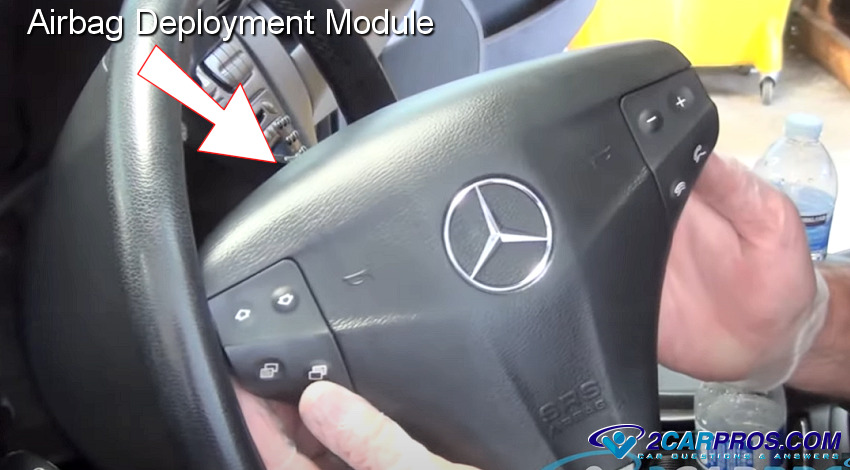You are overlooking one important point. Since the early 1990's the gauges are not the simple, reliable spring-loaded affairs that never caused a problem. They are "stepper" motors with a pointer attached. A stepper motor does not have an armature and brushes as we are used to seeing. It has an armature that is placed in a specific orientation by the computer pulsing four electromagnetic coils with varying voltage and polarity. You can verify that by observing that most gauge pointers stay right where they are when you turn off the ignition switch. Even that has changed now too in that some computers intentionally run the gauges back to "0" as part of their turn-off programming.
Once turned off, tapping on the bezel will make some pointers move. If you were to physically push a pointer to some position, it would stay there until you turn the ignition switch on.
As a point of interest, if you did that, or if a voltage spike caused a pointer to jump higher than half scale, when you turn the ignition switch on, the computer is going to run every gauge back to "0", and for the one that's over half scale, it's going to look for the shortest way to "0", and that is clockwise. On most cars there is a stop peg at "0" and the pointer will get stuck on the wrong side of it. All that is needed to correct that is to run engine speed higher than half scale for an instant. When the shortest way to the actual speed is counter-clockwise, the pointer will go there, then follow engine speed back down like normal. The same is true of speedometers. The voltage spike that causes this is most often caused by reconnecting the battery.
Everything you described tells me you do not have a problem. To verify that, visit some similar vehicles on the used car lots and see if they respond the same way. Also, since many people are not aware, all vehicles have "lock-up" torque converters that reduce engine speed by about 200 rpm's, but only in the higher gears, only above around 35 to 40 mph, and only when the engine is warmed up. That might explain why you see a slight difference in engine speed at different times. The instrument cluster is the most complicated computer on Ford vehicles, but it does not know where the tachometer pointer is. It only knows how to pulse the gauge's coils to place the pointer where it wants it to be. If you see the pointer at a specific position when the ignition switch is on, that is where it is supposed to be. The only other way it can intermittently be in the wrong position is if the pointer were to be physically removed, then glued back on differently in relation to the armature shaft.
Hi Rivermikerat, Sorry for butting in. If this explains the problem, it will save you chasing a non-existent problem.
Saturday, July 30th, 2016 AT 2:54 PM


